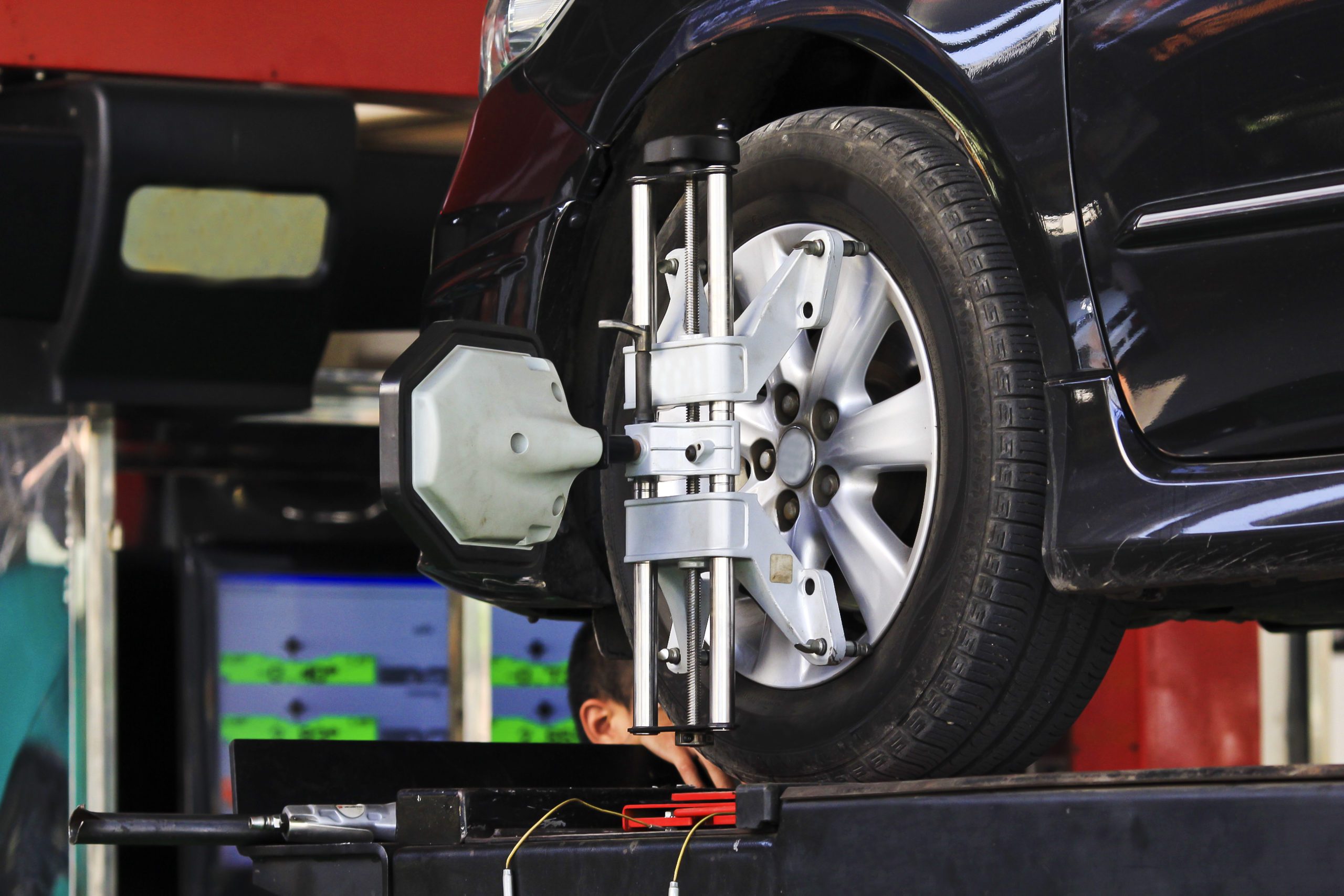
Faced with buying new tires? It can be an overwhelming experience, to be sure. Tires are a big investment, after all. Plus, there are countless brands, types and sizes out there to choose from. This can all get pretty confusing. So, how do you know which type of tire to go with?
Before taking the plunge, ask yourself these questions:
- What type of tires does my specific vehicle need?
- How many miles do I want my tires to last?
- What’s my budget?
- Should I replace all the tires or upgrade only the ones that need it?
Most of today’s vehicles come with all-season tires, but there are some distinctions for older tires, or for those who live in cold climates. For those needs, you can opt to put on winter or snow tires to navigate in icy and snowy conditions, providing better traction than summer or all-season tires.
Let’s go over some of the categories:
Summer Tires
These really should be called “three-season” tires, providing dry- and wet-weather traction in warm to moderate weather. These tires will ensure a better steering response, boost cornering traction and help you bring your vehicle to a stop more efficiently. They work best at temperatures over 40 degrees Fahrenheit. Any lower than that and they can get skittish and inconsistent, losing some of their grip which may make them shaky on wet roads.
Winter Tires
Offering maximum traction in snowy and slippery conditions, so-called snow tires offer unparalleled stopping and turning capabilities. They work best in cold weather but don’t work as well when the weather turns warm. It’s recommend you use your summer tires throughout the other three seasons, and put on winter tires for the cold weather.
Tire Size
It’s helpful to know the tire size and speed rating of your vehicle. Also, think about how many miles you typically drive and how much you want to get out of any new set that you buy, known as tread wear. You should be able to get this info from the tire’s sidewall or from your owner’s manuals.
Speed Rating
This is an indication of how fast the tires can go safely for long periods of time. In general, tires for high-performance cars have a higher speed rating than sedans and SUVs.
Tread Wear
Consider the treadwear rating and the tire mileage warranty. You’ll find the tread wear rating on the sidewall after “treadwear.” The higher the number, the longer lasting the tire will be. Another way of determining tire life is to take a look at the manufacturer’s tread life warranty.
Contact I&I Tires
Contact us at 678-403-8029 if you have questions about switching out your tires. We will gladly recommend which set would be best for your particular vehicle.
